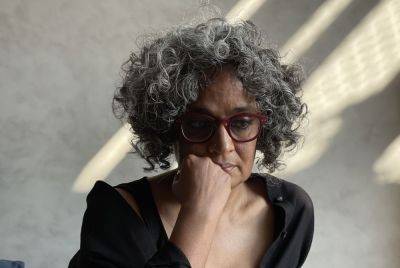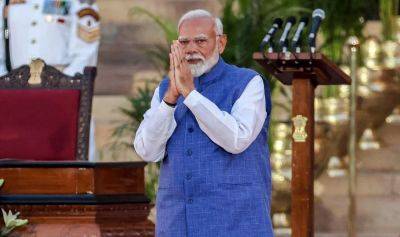India’s Modi wooed women voters. Did the strategy work in the election?
The pitch was clear — the results mixed for Modi’s BJP. And India will see a dip in women MPs in its incoming parliament.
Ahead of International Women’s Day, Indian Prime Minister Narendra Modi held an unusual campaign event leading up to the country’s giant national election: He addressed a rally with only women in the audience, in the eastern state of West Bengal.
Women voters, Modi said, were his shield against criticism of his government’s decade-long rule. His comments were in keeping with Modi’s – and his government’s – targeted outreach to women, who constitute 49 percent of the country’s population.
From the distribution of cooking gas connections to claims of improved safety for women, the Bharatiya Janata Party (BJP) has, under Modi, pithed itself as a defender of the interests of Indian women, even though some of its policies have drawn criticism as being rooted more in bombast than fact.
And multiple surveys ahead of India’s election suggested that the BJP’s support among women was higher than among men, in contrast with the opposition.
But a week after the results of India’s elections became clear, with the BJP falling short of a majority, and relying on coalition allies to form the government that was sworn in on Sunday, a complex picture is emerging of how women actually voted in 2024. The results also show a break from a trend of rising numbers of elected women parliamentarians in recent years.
Al Jazeera dissects how the BJP wooed voters, how its women candidates performed, how women voted and the state of representation in the incoming Indian parliament.
The data suggests that the outreach didn’t particularly resonate with women voters, according to a post-poll survey by Lokniti, a research programme






